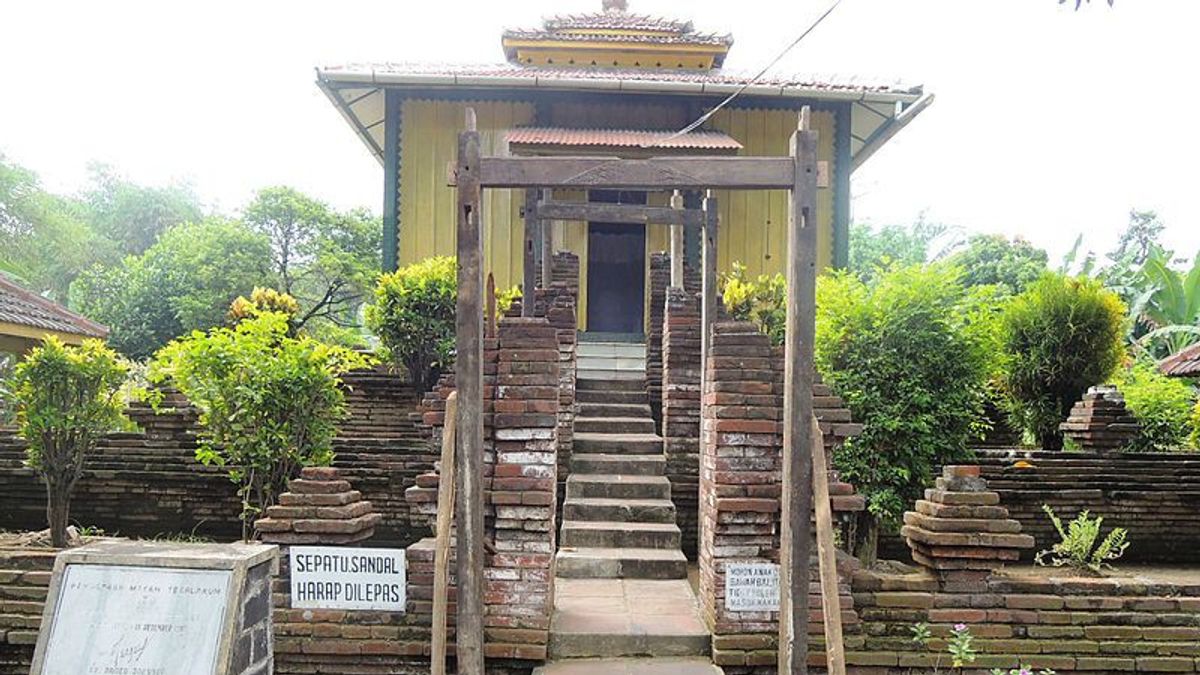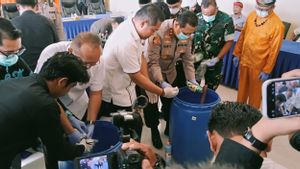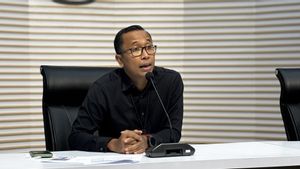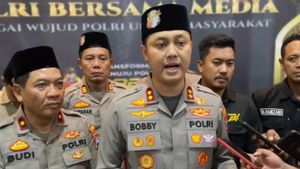JAKARTA - Sri Susuhunan Amangkurat Agung or Amangkurat I is the King of Mataram who ruled from 1646-1677. He is the son of Sultan Agung Hanyokrokusumo, who is known to be very crazy in spreading power.
In 1645, Amangkurat I was appointed King of Mataram to replace his father. He later received the title Susuhunan Ing Alaga. In Javanese, 'Amangku' means to hold and 'Rat' means earth. Another word, Amangkurat means 'to take the earth'.
When Mataram was still under the rule of Sultan Agung, Mataram's history was colored by troops who conquered areas that were considered dangerous. Reported from the journal Mystification and Pengagungan Power in Babad and Hikayat: Continuity in the Modern Indonesian Power System by Sudibyo, this is Sultan Agung's autocratic character that does not allow power to be divided and torn apart.
The situation turned around when the power was held by the son, namely Amangkurat I. Unlike Sultan Agung, Amangkurat I arguably did not understand territory. Amangkurat favored intrigues in the palace which caused conflict with his own younger brother, Prince Alit.
The conflict resulted in the killing of thousands of clericsConflict between Amangkurat I and Pangeran Alit regarding the validity of Amangkurat I's throne. Pangeran Alit died as a result of the massacre that Amangkurat I.
However, there was something more sinister. During the massacre, Amangkurat I also killed around 6,000 scholars who were believed to have supported his younger brother to seize the throne of his king.
Launching Historia, Amangkurat I made a list of scholars and their families to collect. After being gathered, they were slaughtered in Plered Square. The massacre took place in 1647, when his reign had been running for two years.
“And within half an hour, not less than five to six thousand people were slaughtered. Van Goens (VOC envoy for Mataram), who was in Plered at that time, saw with his own eyes the corpses lying on the streets, "wrote Denys Lombard in Nusa Jawa: Cross-Culture Volume II.
However, Amangkurat I did not want his dirty actions to be seen. After the bloody incident, he appeared at the palace and made a face of anger and surprise. Amangkurat I ordered the people to drag down the ulama who were not killed and force them to admit to being the mastermind behind the massacre.
The people had no other choice, they finally confessed. Amangkurat I also ordered his confidants to kill those who were innocent. It is not only those who are accused. It is also known that their family and court officials were also killed.
He then returned to his palace full of anger. Under Amangkurat I's leadership, the atmosphere of the kingdom became very tense and full of worry. His heinous actions have also been known to raise suspicion by the state towards santri for centuries.
Amangkurat I died on his way to Batavia. At that time a prince named Trunajaya, tired of Amangkurat I's vile attitude, attacked him to seize the throne. Amangkurat I and his family then fled. It was while on that trip that Amangkurat I died. He was then buried in Tegal.
The English, Chinese, Japanese, Arabic, and French versions are automatically generated by the AI. So there may still be inaccuracies in translating, please always see Indonesian as our main language. (system supported by DigitalSiber.id)













